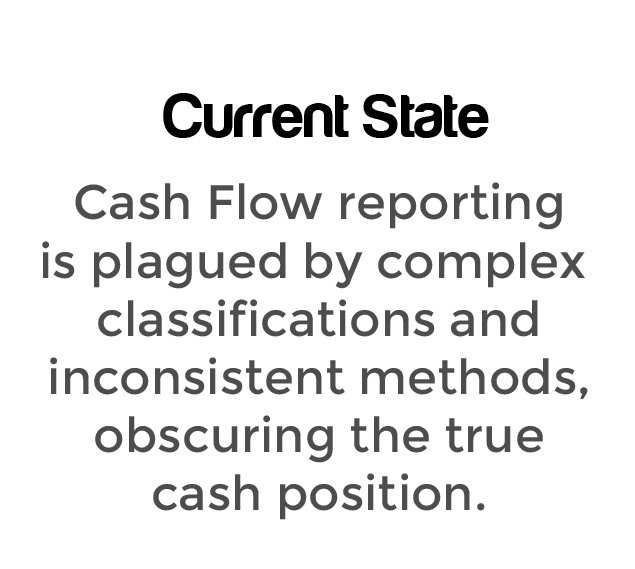
Cash Flow Challenges in Life Sciences Accounting: The CFO’s Dilemma
Finance Teams in small to mid-cap pharma and biotech face complex cash flow management issues under both US GAAP and IFRS. Cash flow statements often reveal a troubling gap: they lack the actionable insights needed for strategic decisions. In an industry where every dollar counts, failing to address these limitations jeopardise a company’s financial agility and its survival.

Major Pain Points in Cash Flow Reporting in Life Sciences
Finance teams in the life sciences industry are under constant pressure to classify cash flows accurately as operating, investing, or financing activities. For example, foreign currency transactions add layers of complexity to cash flow statements due to fluctuating exchange rates. Mergers and acquisitions further complicate reporting, requiring precision in separating acquisition-related expenses and liabilities. Additionally, transactions like contingent considerations and stock compensation arrangements bring unique challenges in presenting clear and accurate cash flows, often leading to confusion and restatements.
The Risks of Inadequate Cash Flow Management
If these issues go unresolved, the risks are significant. Misclassified cash flows or incomplete statements lead to misguided management decisions, poor investor relations, and costly compliance errors. Moreover, companies may fail to anticipate liquidity needs, limiting their ability to invest strategically or respond to market shifts. In the competitive and resource-intensive world of life sciences, such oversights can stall growth or erode stakeholder confidence, leaving companies vulnerable to capital inefficiencies and financial scrutiny.
Why Modern ERP Systems Drive Better Reporting in Life Sciences
To address these challenges, implementing a modern ERP solution improve cash flow reporting. Automation of cash flow categorisation and integrating real-time data improve accuracy and reduce manual errors. This approach ensures that each transaction—whether a complex acquisition or a daily operational expense—is correctly classified, giving CFOs the visibility to make informed and data-driven decisions.
For life sciences companies, modern ERPs also support scenario modelling, allowing finance teams to test cash flow impacts under different business scenarios. This capability is essential to optimise every cash inflow and outflow, particularly when managing substantial R&D expenditures or preparing for regulatory milestones. Enhanced reporting also ensure that critical details, such as foreign currency adjustments, are accessible, reducing the risk of misstatement.
#GOATConsultants™-Level Insights:
For CFOs in small and mid-cap life sciences companies, it’s time to re-evaluate the effectiveness of cash flow reporting processes. Robust cash flow reporting is non-negotiable as cash reserves directly influence innovation, operational flexibility, and investor confidence.
Investing in a modern ERP solution bridge the gap between cash flow statements and strategic financial management and allows finance teams to pivot from reporting numbers to steering the company’s future.
Learn more about how modern systems can drive innovation and growth in your company’s finance and accounting operations by visiting our Change Management and Innovation page.
For more information on accounting norms, visit:
Financial Accounting Standards Board (FASB) – www.fasb.org
International Financial Reporting Standards (IFRS) – www.ifrs.org
